This post may contain affiliate links, which means I’ll receive a commission if you purchase through my link, at no extra cost to you. Please read full disclosure here.
Are you a beginner blogger looking for the best advice on how to start a blog? Or, have you thought about it for a while but aren’t sure how to set your blog up?
I always get questions about how I started my blog – the software, tools, and products I use to guarantee success.
Below, I’ve wrapped up all the top recommendations I have when starting a blog for the first time that has allowed me to grow to the point I’m at today.
This post will show you the best blogging recommendations for setting up an aesthetically-pleasing blog that will have you earning money quickly. It also touches on the most asked questions I receive about blogging.
How to Start a Blog
Why should you start a blog?
Starting a blog comes with several incredible benefits. I personally started a blog because I wanted to express my passion for wellness and grow an audience for my creative nonfiction book, Self-Assembly.
While starting a blog has been a life-changing experience for me, here are three popular reasons other people start blogs:
- You can work remotely (from anywhere in the world!): Blogging gives you an insane amount of flexibility to work wherever you want, on your own schedule. A blog allows you to make money wherever you are and even earns you money while you aren’t working on it (passive income!).
- It’s extremely rewarding: You get to write about topics you love and get paid for it. It really doesn’t get much better than that :).
- You can leverage your brand for future business ventures: once you’ve established your website, you own your own unique audience. The monetization opportunities are endless at this point.
Sound enticing enough? Great, because I’m about to dive into all the top blogging recommendations I wish I had known when first starting my blog.
Best Blogging Recommendations
1. WordPress
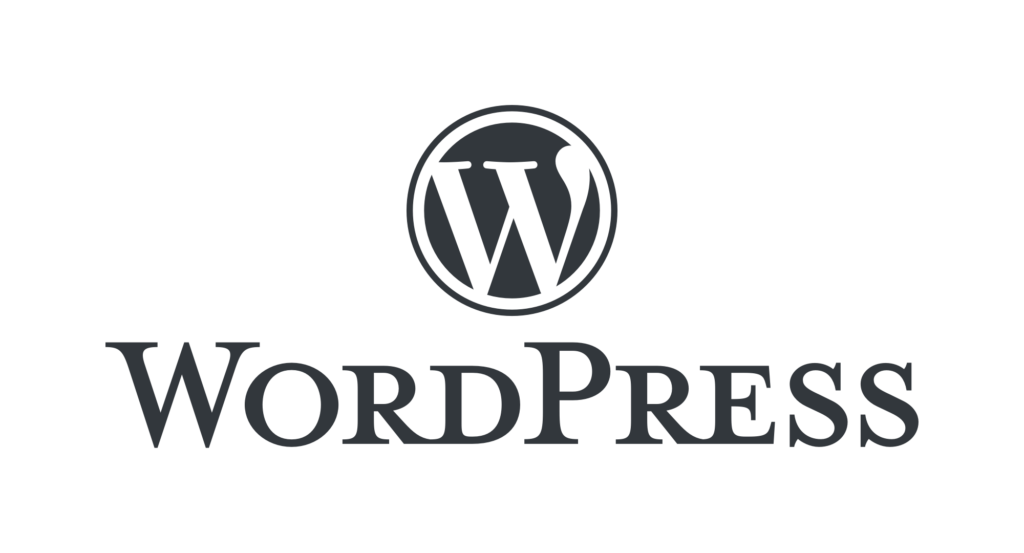
My blog is run through a self-hosted WordPress website, and it’s the only way I would ever recommend doing things!
If you’re using your blog as a business, *do not* use the free version of WordPress. You need your own custom domain in order to look professional and appease Google (from an SEO perspective) to be taken seriously (and get shown to your target audience).
I do not recommend Blogger, Go Daddy, Wix, Square Space, etc. – only WordPress! The interface is extremely simple to learn, and I’ve had the absolute best results with this platform.
2. Bluehost

If you’re looking to start a WordPress blog for cheap, Bluehost is the way to go.
When I first started my blog, I signed up for a Bluehost domain + hosting plan, and paid less than $3 a month on their annual plan! Yes, you read that properly!
I wouldn’t have grown my blog to the point it is today if it wasn’t for Bluehost. Their custom service reps are delightful, and setting up the site in conjunction with WordPress was seamless.
3. 17th Avenue Designs
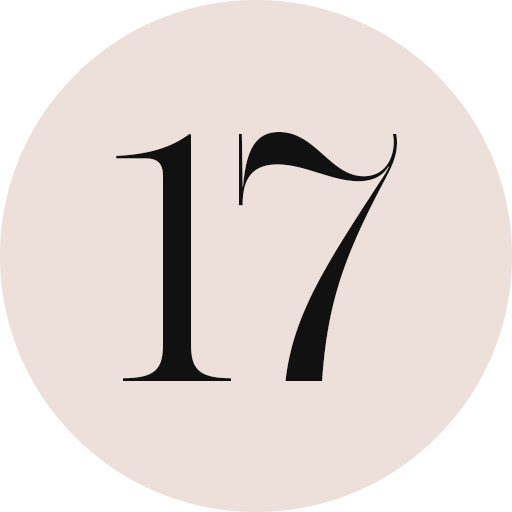
I cannot say enough about 17th Avenue Designs! They are who designed my website and they have the most aesthetic WordPress themes at such amazing prices.
This company has so many great options to choose from and I have so many readers who have also used them and have had pleasant experiences with Kate and her team.
When you purchase your theme, you’ll get full instructional support to install and customize your site. You can also pay for them to set the theme up for you, but if you are even slightly technologically savvy, you’ll be able to figure it out!
My exact theme for my blog Self Assembly Guide is called Vivienne, but there are tons of visually appealing ones to pick from. Happy shopping!
4. ConvertKit
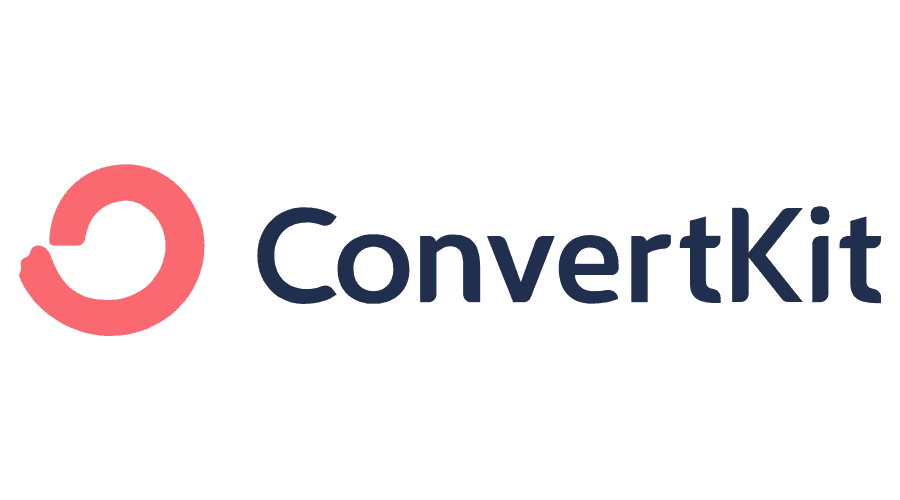
While ConvertKit has changed its pricing structure, you can still leverage the platform for FREE if you have less than 1,000 subscribers.
With this email marketing software, you can design lead pages to capture opt-ins for your email newsletter. Then, you can embed these forms throughout your self-hosted WordPress website.
You can also generate broadcasts for all or a portion of your email list to keep in touch weekly, update them on new product releases, or simply say hello!
I’ve used ConvertKit from the very beginning and find their interface extremely comprehensive and easy to pick up as a first-time blogger.
5. By Sophia Lee – Perfecting Blogging + Perfecting Pinterest
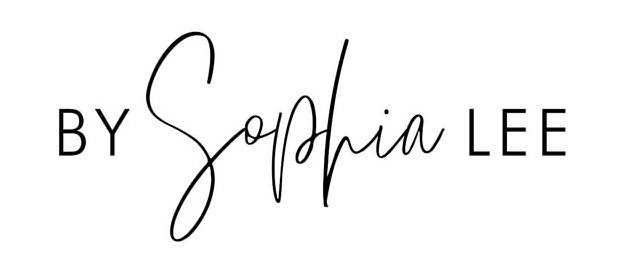
The FIRST course I ever purchased was By Sophia Lee’s Perfecting Blogging and Perfecting Pinterest Course Bundle.
This course was actually my Christmas present in 2020. But, SERIOUSLY, this course bundle improved my blogging and pinning game dramatically.
Sophia is so inspiring, and her Perfecting Blogging + Pinterest bundle dishes all the essential tips new bloggers NEED to succeed in the blogging world.
Her step-by-step, easy-to-follow approach is unlike anything else you will find online (trust me), and I would purchase this bundle a million times over.
Ultimately, it is what enabled me to go from 0 to over 100,000 monthly Pinterest viewers in less than a month ! Truthfully, without these products, I don’t know where I’d be.
Update: she recently released a Perfecting Email course that I’ve yet to try, but it’s on my list. You can also purchase all three of her courses in a NEW bundle for a discounted rate ;).
6. Elna Cain – Ready Set Blog for Traffic
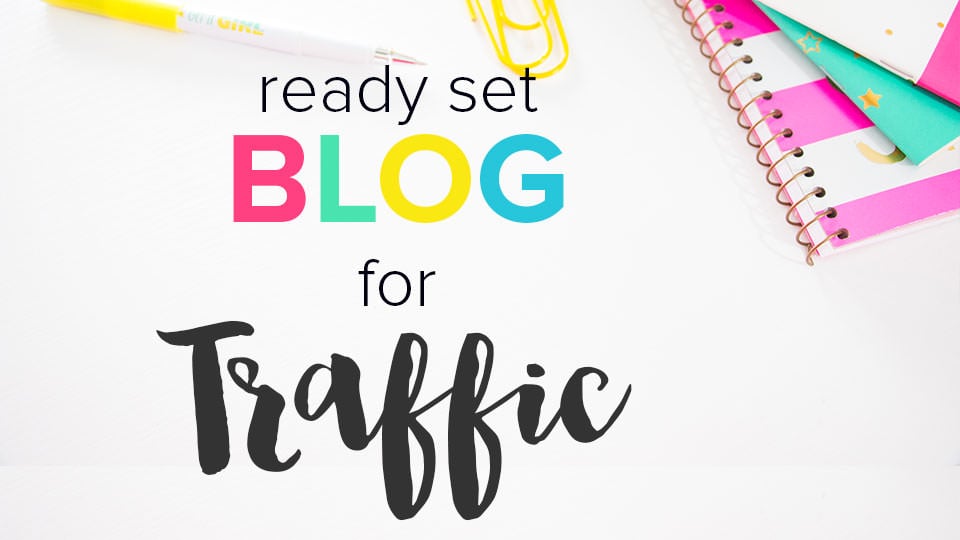
I am a HUGE believer in taking blogging courses.
I genuinely believe the only reason I have found quick success in this industry is that I invested in blogging courses and followed them exactly from the leaders in the blogging world.
That being said, Elna Cain’s Ready Set Blog for Traffic was the second blogging class I took about three months into my blogging journey.
Her strategies concerning writing killer blog posts, crafting the perfect Pinterest profile, and optimizing your site for search engine visibility skyrocketed my traffic!
When you sign up to Ready Set Blog for Traffic, you get:
✓ Lifetime access to course content with all updates for free
✓ 5 modules (40+ video lessons, 5+ text-based lessons)
✓ Video tech training on popular blogger tools
✓ Ready-to-use blogging templates + swipe copy
✓ Guest blogging guides
✓ 3 key blog marketing training videos
✓ Pinterest Promotion cheat sheet
✓ The exact blog recipe Elna uses to boost her blog traffic quickly
Elna is a serious veteran in the blogging world, boasting multiple sites and a freelance writing portfolio as well… I absolutely adored her blogger class and I know you will too.
7. Tailwind
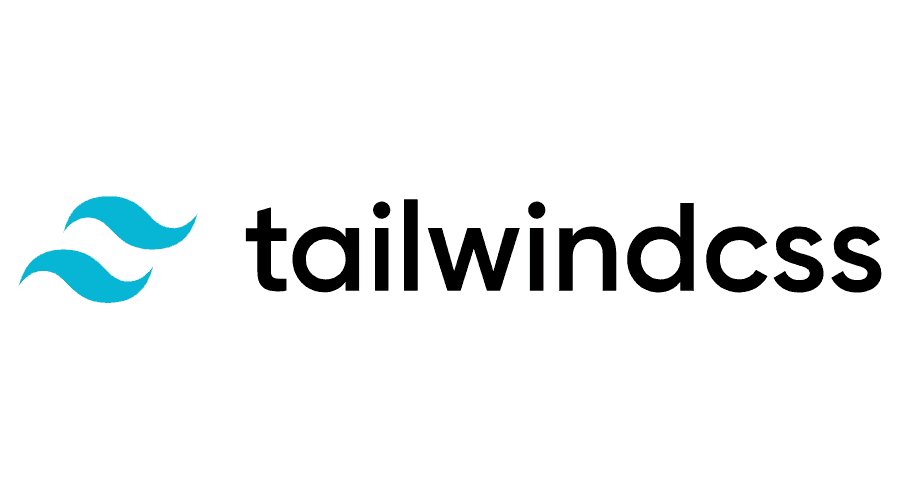
Tailwind is the number one blogging software for Pinterest.
It is the only website that I use to schedule pins on Pinterest. I would NEVER have time to sit and manually pin those myself every day so it’s a blessing to have Tailwind do the dirty work for me.
Update: I’ve combined my strategy to include the new Pinterest scheduler now, but I still use Tailwind for scheduling excess pins further out in advance.
8. A Self Guru – How I Make My Blog Legal
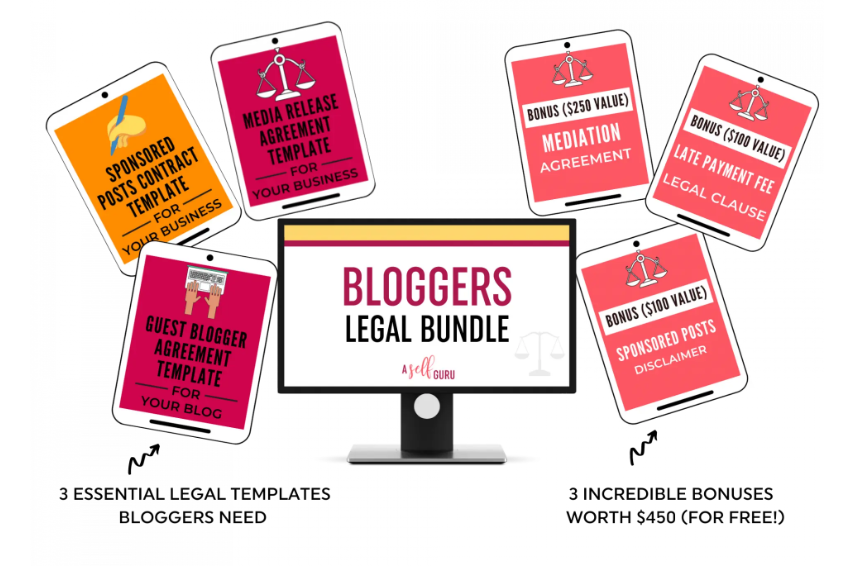
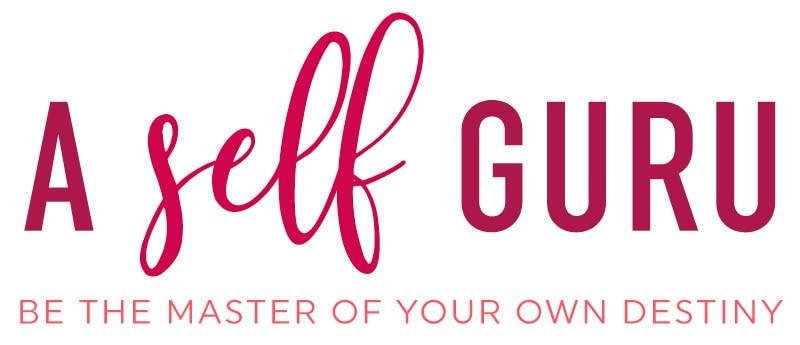
Something you may not fully understand when first starting your blog is that it is VERY important to ensure your blog is legal. I personally use all of A Self Guru products to do this.
She sells them at a very affordable price compared to the legal fees you’d pay a lawyer to draft them up! Amira also sets up her templates with instructional guides so that you can easily customize them for your own website!
I personally purchased the Legal Bundle and it’s covered my a** throughout my blog’s growth.
This is the not-so-exciting part of blogging, but it is extremely important to protect yourself and your content at all costs.
9. Canva

Canva’s FREE design tools are how I create the thumbnails and featured images for all of my blog posts. I also design my media kits, email promos, and freebies using Canva’s incredible suite of creative templates.
I’d advise using Canva over more expensive products like Adobe Photoshop and/or InDesign because you can create brand kits and share templates throughout your team.
For a beginner blogger looking to produce eye-catching marketing materials at no cost, go team Canva all the way!
10. Yoast SEO
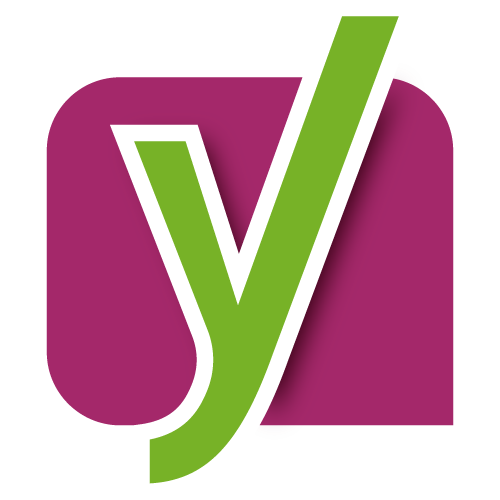
If you care about ranking on Google and Pinterest, and building a consistent monthly readership, you need to download the FREE Yoast SEO plugin.
With Yoast SEO, every page and post you produce on your blog will be ranked for search engine optimization.
You’ll get direct feedback as to areas of your post to improve in order to achieve the coveted “green light” for perfect SEO ranking!
Yoast SEO takes into consideration your slug, meta description, title, headings, subheadings, image alt text, and much more!
Take the guesswork out of ranking for your posts (that you’re already working hard enough on) and get this FREE plugin today.
11. Pexels
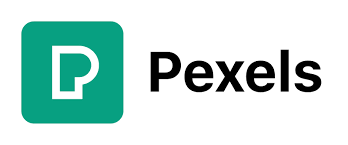
I get all my stock images for FREE using Pexels.
When writing a new blog post, I either take my own photos, embed my own Pins from Canva, get permission to use other people’s photos on social media, or get my photos from Pexels.
It is the easiest stock photo website to use with high-quality, reliable photos. I’ve been downloading Pexels’ images for more than a year now, and I still love it!
How to Start a Blog: Wrapping it Up
So there you have it! All the top recommendations I have for how to start a blog (especially for the first time!).
My biggest tip for you: Just start producing content. The only way to be a successful blogger that makes money is to actually put content out there. Even if it’s not perfect, it’s something!
Which one of these blogging tools are you using today? Let me know if you have any questions or feedback in the comments section below.
